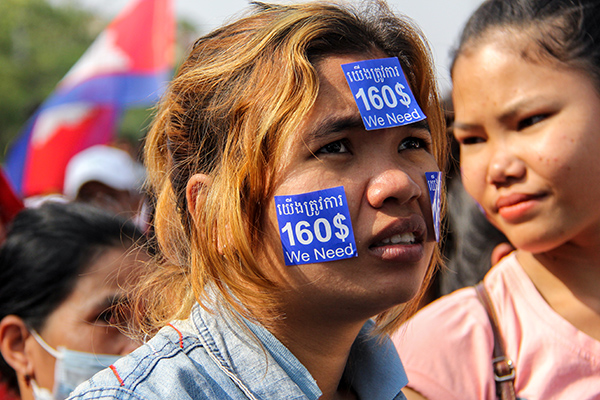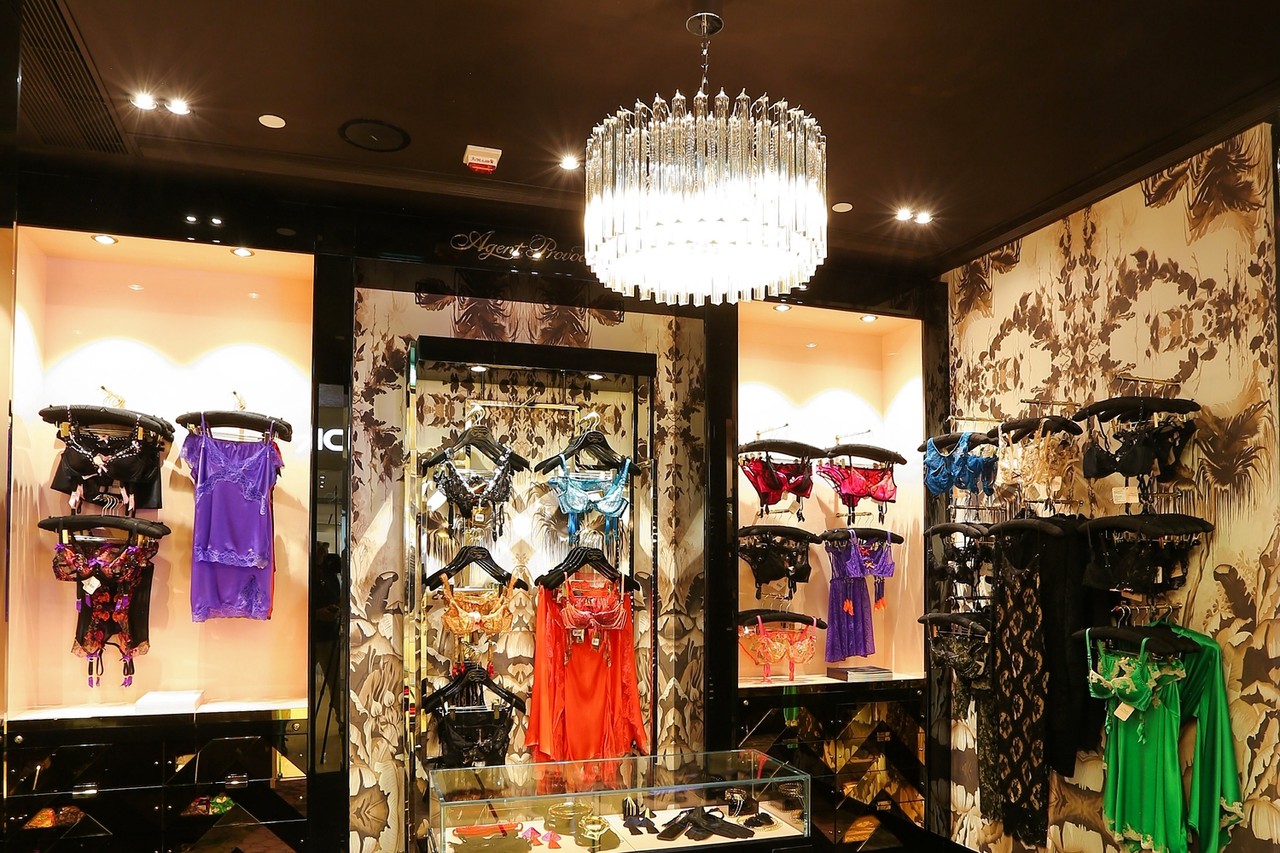FW
In 2013-14, world ending stocks are forecast to be 19.9 million tons, more than 2 million tons higher than last season and in 2014-15 world ending stocks are forecast to rise for another season to 20.8 million tons as production is expected to exceed consumption for the fifth season.
World cotton production is forecast to be 25.7 million tons in 2013-14, a decrease of 4 per cent from last season, and is expected to fall again in 2014-15 by 1 per cent to 25.3 million tons. World cotton mill use is projected to rise by 1 per cent this season to 23.6 million tons and by 3.5 percent in 2014-15 to 24.4 million tons due to continued economic growth in Asia, where much of the cotton consumption takes place.
Meanwhile China has announced that it would be implementing a target price program for cotton and soybeans. For cotton, the program will be limited to that grown in Xinjiang. The area outside of Xinjiang is expected to decline in 2014-15, and China’s overall area is expected to decline by 9 per cent from last season to 4.2 million hectares.
The United States and China have made changes in their cotton policies. The US has repealed the Direct Payments, Countercyclical Payments and Average Crop Revenue Election programs for all commodities and replaced them for upland cotton by the Stacked Income Protection Plan. This provides premium subsidies to upland cotton producers to purchase insurance policies that cover shallow revenue losses--those below the level generally covered by standard crop insurance policies.
To bail the sector out, the government established the Cotton, Textile and Garment (CTG) Revival Fund in 2006 to tackle the problem associated with funding in the industry. The fund began operation in 2009 and lent to textile manufacturers at about 6 per cent interest rate. But it has often been difficult for industry players to access the fund. CTG has on the whole failed to bail out wobbling textile companies.
Nigeria’s textile industry has suffered untold hardship owing to policy somersaults, poor research and development, lack of competition in supply of raw materials, smuggling and poor power supply, among others. Other issues are unbridled imports, smuggling, inability of government agencies to patronise local manufacturers, poor power supply and absence of black oil in northern Nigeria.
Investors from Pakistan are showing interest in reviving textile units in Nigeria. They have begun by physically inspecting some of the companies. Potential investors had been told of the challenges facing textile companies and they will have to map out strategies to deal with issues relating to cotton seedlings, which are essential raw materials used in the industry. They are also expected to pump in funds that will be able to raise machinery to world standards.
The South African clothing and textile industry is attempting to get back on track. In the past 15 to 20 years, the industry has shrunk as a result of retrenchments, factory closures and an influx of cheap imports. Between 2002 and 2012, the industry also suffered job losses as a result of poor training and a lack of investment by companies. The industry shrunk by 20 per cent in the past three years and job losses were estimated at 29, 500 between 2007 and 2010. But subsequently the number of jobs lost declined by 66 per cent between a 12-month period in 2010 and the corresponding period last year.
The government provided incentives to the clothing, textile, footwear and leather sector, where support was conditional on increased competitiveness. Production incentives fall under the Clothing and Textile Competitiveness Improvement Program, which helps companies improve competitiveness and pay for capital upgrading. This saved 63,000 jobs and created 8,000 additional jobs.
Over the last 20 years, local manufacturers paid, on an average, about 22 per cent in import duties for fabrics that were not available locally. They hope that a positive announcement about relief on fabric import duties would add to the stabilization. In the long term the government wants the local industry to become part of the global supply chain.
Intertextile Shanghai Home Textiles-Autumn Edition will be held from August 27 to 29, 2014. This is Asia’s largest home textiles trade fair. Promising economic figures out of China bode well for exhibitors at this year’s Intertextile Shanghai Home Textiles. In the first 10 months of 2013, the country’s imports and exports grew by 7.6 per cent compared to the corresponding period in the previous year. Meanwhile, domestic sales of mattresses rose by 24 per cent last year, compared to a worldwide average of just 9 per cent as consumers continue to spend more on foreign-branded home products. The strong demand in China for premium European products meant that last year exhibitors from 16 different European Union countries took part.
Beds and towels are a growth market in China at present. As incomes in the region rises, consumers are looking more for premium products in this category. German products are very popular with Chinese consumers. Decorative fabrics are also a key product group at the fair with over 70 per cent of all exhibitors last year falling within this category. This matches the high domestic demand for these items.
The fair focuses on more than just fabrics. There will be a ‘Carpet Zone’ featuring floor-covering exhibitors and wall coverings, sun protection systems and curtain accessory products. At the Intertextile Design Boutique is original artwork and creative designs for home textiles can. Last year, 46 studios from 14 countries and regions participated.
www.chinaexhibition.com
 Cambodia's economy is totally dependent on the garment industry employing almost half a million workers and accounting for all of the nation’s exports. But of late, the industry is grappling with poverty and low wage issues culminating into strikes where armed security forces opened fire on striking workers in Phnom Penh injuring dozens. According to the data available with International Labour Organization (ILO), the country, last year achieved $5 billion worth of garment exports for the first time. The industry also holds importance not only because of its workers, most of whom are women supporting themselves but also because they send help to their families by transferring part of the wages earned. With the industry suffering from regular strikes and protests, many leading international apparel brands, who source from Camobodia have appealed to the government to resolve the wage issue and maintain peace.
Cambodia's economy is totally dependent on the garment industry employing almost half a million workers and accounting for all of the nation’s exports. But of late, the industry is grappling with poverty and low wage issues culminating into strikes where armed security forces opened fire on striking workers in Phnom Penh injuring dozens. According to the data available with International Labour Organization (ILO), the country, last year achieved $5 billion worth of garment exports for the first time. The industry also holds importance not only because of its workers, most of whom are women supporting themselves but also because they send help to their families by transferring part of the wages earned. With the industry suffering from regular strikes and protests, many leading international apparel brands, who source from Camobodia have appealed to the government to resolve the wage issue and maintain peace.
Growing demand for higher wages
The situation continues to remain unsolved despite major labour organisations and brands pitching for solution. Brands have been appealed not only to raise a voice but to look into their own purchasing practices and take action to help the country resolve low wages issue.
Since brands tend to offer orders to those factories that provide a product at minimum possible cost, it ultimately results in factories offering low wages to their workers. Statutory minimum wages determined by national government and industry always fall short of workers’ demands. In the case of Cambodia, the government first offered to raise monthly pay from $80 to $95, then to $100. Striking workers, however, insist on minimum wage  level of $160.
level of $160.
As per Asia Floor Wage, which has been campaigning for higher minimum wages across garment-producing countries in Asia, when the country is not able to offer expected or statutory minimum wages that are not high enough, multinational companies sourcing from that particular country must get involved to help the workers as well as country’s economy.
Brands appeal to authorities
Companies like American Eagle Outfitters, Gap and Levi Strauss & Co have sent an open letter to Cambodia’s government expressing their concerns over the recent violence. They also called for government, manufacturers and trade unions to develop a regularly-scheduled wage review mechanism. The companies have said that they would continue sourcing from Cambodia and urge for a peaceful resolution to end the unrest. They have expressed strong displeasure over violence, calling for negotiations among stakeholders to peacefully resolve the dispute.
However, the Washington-based International Labour Rights Forum has said that while it is commendable that brands are willing to speak up, further steps must be taken. It has urged brands and retailers to voluntarily pay higher prices for apparel products made in Cambodia, so that the factories are able to pay higher wages to its workers. The organization has also asked them to develop long-term relationships with suppliers instead of hobnobbing across countries looking for factories offering a product at lower rates, so they are able to have control on the offshore working conditions.
According to Asia Floor Wage, developing countries such as Bangladesh and Cambodia would be able to progress to the next economic level only when the issue of low wages is amicably resolved. And for that, it points out that garment-producing countries must take wage completely out of competition and start competing instead on logistics or raw material supplies.
www.ilo.org
www.asiafloorwage.org
Chile is said to be considering allowing duty free access to readymade garments from Bangladesh starting next year. This was reiterated by the Ambassador of Chile on his visit to Bangladesh. For now, Chilean businessmen have to pay six per cent duty on import of RMG items from Bangladesh and if the country allows duty free access then the volume of exports from Bangladesh would witness a significant rise. To increase trade in the Latin American market, a team of BGMEA had visited Brazil, Argentina and Mexico in 2011 and found good opportunity for exporting Bangladeshi goods especially RMG items.
Also now, Bangladeshi businessmen have to collect their Chilean Visa from New Delhi, India, so they have urged the Chile government to open a consulate office in Bangladesh keeping regular visits of both countries' businessmen in sight. As per the BGMEA data, Bangladesh exported RMG goods worth $15 million to Chile during the fiscal year 2012-13.
Except RMG items Chile has granted duty-free and quota-free market access to the Bangladeshi products in 2013 in order to strengthen bilateral trade between the two nations. The bilateral trade between the two countries stood at $30.37 million during the FY 2012- 13.
www.bgmea.com.bd
Bangladesh’s exports of jute and jute goods decreased dramatically in the current fiscal 2013-14 due to a depreciation of Indian rupee and sluggish demand in the world market. Export earnings have declined by more than 30 per cent.
India which used to buy about 60 per cent of the total raw jute from Bangladesh cut the level of its imports in the last few months. Iran has also slashed buying jute due to economic sanctions imposed by the western countries. In addition, the prevailing sour relations with Pakistan and the instability in Syria and Egypt, which are traditionally jute and jute goods importers, caused a decline in exports.
China, Vietnam and European countries - the other regular importers of local jute and jute goods- have opted for reduced imports. Besides political unrest in Bangladesh has also created shipment problems in exporting the finished jute goods, causing heavy financial losses to the jute sector.
Millers and exporters have urged the government to explore new markets for jute exports immediately. Jute producers, processors and exporters also want the government to increase local consumption of jute by implementing the Jute Packaging Act. Bangladesh enacted the Jute Packaging Act in 2010, but the law is yet to be implemented.
India's textile and garment exports will rise 17.6 per cent in the current fiscal from a year before but will still miss the target of $43 billion despite the depreciation in the rupee. Textile and garment exports hit $20.43 billion in April-December, up 13.4 per cent from a year ago period. Exports are expected to touch $40 billion in 2013-14 from $34 billion a year ago, mainly on higher shipments of garments, cotton yarn, fabrics and manmade fiber.
While rupee depreciation helped, the rise in demand in the US despite a slow or fragile recovery resulted in a surge in exports. Moreover, demand from new markets also helped. Having slid by nearly 6 per cent in the last fiscal and seeing a drop in 10 months of 2012-13, garment exports started picking up since March as the domestic currency continued to fall. Soaring costs in China and problems in compliance of global safety norms at Bangladeshi mills helped India's export grow.
The rupee depreciated 11.6 per cent between April and December this fiscal compared to year ago, to an average of 60.79, making shipments remunerative.
Turkish textile industry is preparing to meet industry professionals at the Tuyap Clothing Machinery Fair from April 24-27, 2014. Clothing Machinery 2014, 24th International Clothing Machines, Embroidery Machines, Clothing Related Industry and Accessories Fair, member of International Apparel Federation (IAF) are world’s largest gathering of clothing machinery industry. They will allow textile investors and purchasing executives to meet and serve the country’s exportation objectives.
While many companies will unveil their new machinery range, domestic producers and international companies will participate in the fair to introduce their technologies to the industry. In addition to the exclusive division for fabrics this year, the fair will feature following product groups; technologies covering all stages of clothing production; clothing sewing machines, print layout machinery, laser cutting machinery, cleaning machinery, metrics measurement machinery, sewing and embroidery threads, and tagging and pattern printing systems.
In 2012, the fair hosted more than 40,000 visitors from 66 countries and 416 companies and company representatives. This year they are aiming to attract more participants.
www.tuyap.com.tr
Karl Mayer, the German technology major that enjoys considerable demand in India for its warp machine, has its service subsidiary in Mumbai since 2009 with service operations being expanded on a regular basis. The company sees India as an important sales region for the warp preparation machines produced at Obertshausen. Demand for them is on the rise since 2010.
With increasing demand, Karl Mayer considers India, an important growth market for the textile machinery. Hence, it’s planning to set up its own production centre in India. Preliminary work on the project is already in development stages. The company has acquired majority ownership of LIBA Maschinenfabrik GmbH. Integration of the two worldwide leading companies in areas of development, manufacturing and delivery of warp knitting and technical textile machinery has been implemented according to plan. As a member of the Karl Mayer Group, now LIBAMaschinenfabrik will be incorporated under the name Karl Mayer LIBATextilmaschinenfabrik GmbH.
At present work is in full swing on ‘Best of Both Worlds’ projects, on completion of these, integration of LIBA into the Karl Mayer business unit structure will commence. This would be finalized by the end of 2015.
www.karlmayer.com











